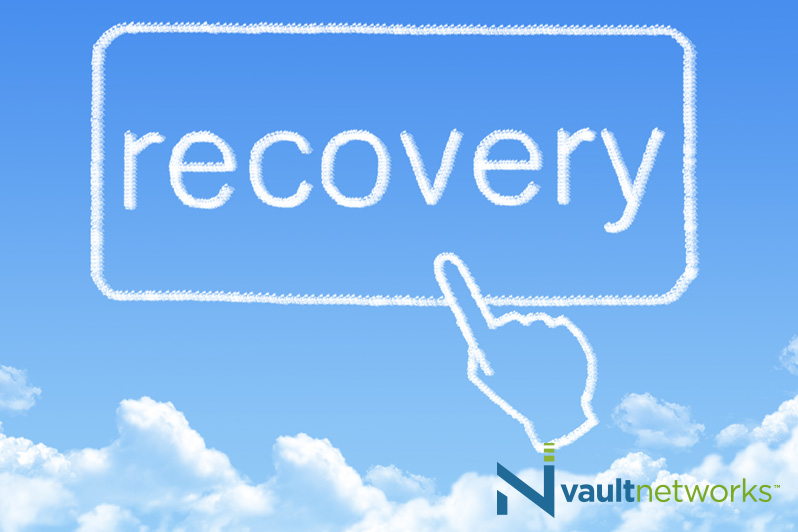If your company information systems become inoperable, the damages can be extensive. Damages can include lost revenue, loss of customers, expenses to fix and repair the damaged systems, overhead expenses, lost time, and much more. Companies who rely on their information and computer systems for their survival—which, today, means most businesses—need to have a well-developed disaster recovery plan in place.
An effective disaster recovery plan can save a business money and a great deal of stress in the event of downtime. One key component of any technology disaster plan should be use of cloud computing for daily operations and disaster recovery.
Benefits of a Cloud Computing Disaster Recovery Plan
Traditional on-site computing plans have many potential problems that cloud computing systems can easily address. In a traditional system, the servers, computer networks, cables, software, and data may all need to be repaired or replaced. Fixing old systems or installing new ones requires a substantial amount of time–hours, days, or even weeks—as well as money.
Cloud computing has many benefits when disaster occurs:
- Faster turnaround time. Good cloud computing systems regularly backup the company’s computer programs and data. When disaster strikes, it can take just minutes to copy or move the backed-up systems so the company can resume operations right away.
- Minimal downtime expense. Because cloud computing works quickly, the company saves on costs to fix the system, as well as the financial losses incurred by significant downtime.
- Less complexity. With traditional systems, the replacement software and programs have to mesh with the salvaged programs. Alternatively, if no salvage is possible, the new hardware and software need to be tested and reviewed to make sure all the component parts work properly.
Keys to Successful Disaster Recovery in The Cloud
The key to a company’s survival when disaster strikes its computer systems is to have a documented recovery plan in place. The best way to create that plan is to work with seasoned professionals at an experienced data center. Some of the considerations a disaster recovery plan should include are:
- Programs vs. data. The IT department of each company must understand that the programs (software) that run the company’s operations are different than the data they output. For most companies, the data includes customer accounts and business relationship records. Disaster recovery plans must account for both data and programs separately.
- Crucial programs. The business should know which programs are essential to operations, and which can be updated in due course.
- Dependencies. Most computer programs require that certain software be loaded before other software is operable. These dependencies should be identified.
- Key personnel. The people who need to be involved in restoring the computer systems should be identified.
- Security and compliance. Before resuming operations with replacement software and data, some businesses, such as health-care organizations, may need to take steps to ensure regulatory compliance.
- An RTO (Recovery Time Objective) should be set. This is the ideal amount of time the company sets for when the business should be operable after a disaster happens. The sooner the company needs to be operable, the more cloud computing can help the company meet its RTO deadline.
- An RPO (Recovery Point Objective) should be determined. Here, the concern is how often the company does backups. Some companies can backup their data to the prior week and manage. Many companies need a much shorter backup date, such as midnight of the day before the disaster struck.
Companies should regularly review their disaster recovery plans, at least yearly. They should also test their plans (during non-business hours) to make sure they actually work.
Consult Vault Networks for all your cloud disaster recovery questions
At Vault Networks, we have extensive experience in advising companies about the advantages of cloud computing in disaster recovery. Our staff works with your IT department to review all the records and plans your company should consider before devising a disaster recovery plan.
Ready to See How Vault Networks Can Help You?
Got questions? Want to talk specifics? That’s what we’re here for.
Have one of our friendly experts contact you to begin the conversation. Discover how Vault Networks can help you with your Disaster Recovery Plan needs.
• Call: 305 735 8098. Ext. 2
• Chat with a member of our team to discuss which solution best fits your needs.

